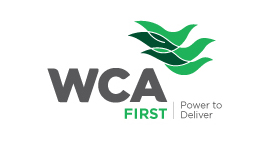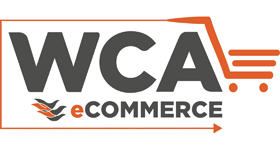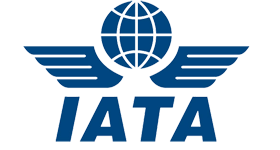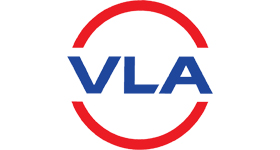7 11: Flexible Budgets Business LibreTexts

Fixed costs, such as rent or straight-line depreciation, remain constant within a relevant range of activity, regardless of production QuickBooks Accountant volume. Variable costs, conversely, fluctuate directly with changes in activity levels; examples include direct materials or sales commissions. Budgeting serves as a fundamental practice for organizations to plan and control their financial resources. While traditional budgets set financial targets based on a single, predetermined level of activity, a more adaptive approach, known as a flexible budget, offers greater utility. This dynamic financial planning tool adjusts to reflect actual activity levels, providing a more realistic benchmark for performance evaluation.
Intermediate: Factors in multiple cost variables
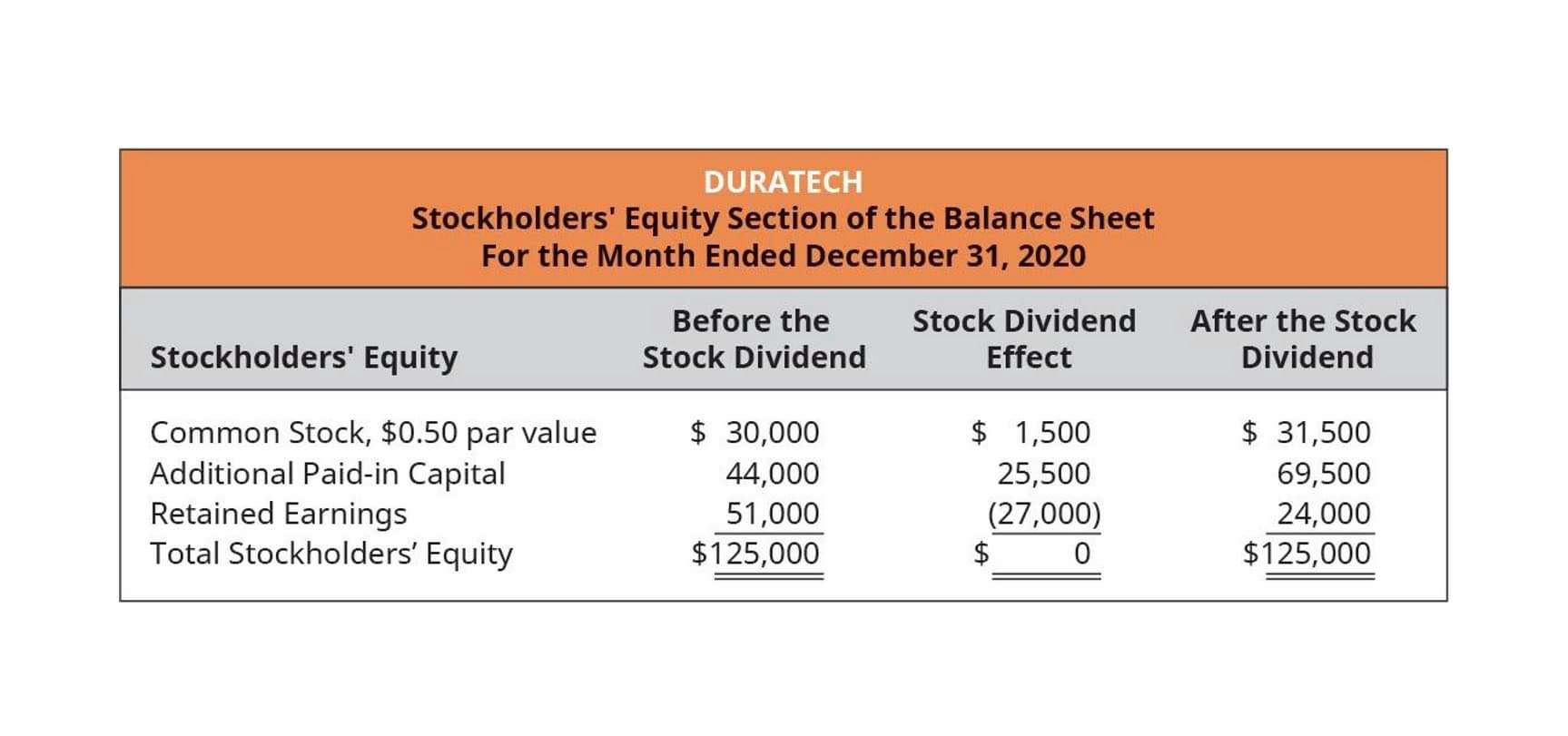
By adjusting revenues and expenses according to actual operations, it provides a more accurate financial benchmark for evaluating performance. This adaptability helps distinguish between spending variances caused by activity changes and those from operational inefficiencies. Companies develop a budget based on their expectations for their most likely level of sales and expenses. Often, a company can expect that their production and sales volume will vary from budget period to budget period.
Flexible Budgets Versus Static Budgets
Understand how a flexible budget provides adaptive financial planning, adjusting to real-world activity for clearer performance insights. Now, between 85% and 95% of the activity level, its semi-variable expenses increase by 10%, and above 95% of the activity level, they grow by 20%. Prepare a flexible budget for the three scenarios wherein the activity levels are 80%, 90%, and 100%. When preparing a flexible budget, managers are forced to consider the https://herberica.com/oregon-tax-calculator-2024-2025-estimate-your/ different scenarios and their responses to them.
- Flexible budgets, on the other hand, adjust based on actual activity levels, providing a more responsive and accurate reflection of financial performance.
- This refers to how closely the various product lines are related in end use, production requirements, distribution channels or some other way.
- The estimated expenses are plotted on a graph paper on Y-axis and level of activity is plotted on X-axis.
- Smaller businesses, often more vulnerable to economic fluctuations, can leverage flexible budgeting to manage cash flow and adapt to changing customer demand.
- Understanding the differences between static and flexible budgets is crucial for effective financial management and strategic planning.
Accounting and Accountability
Managers use a technique known as flexible budgeting to deal with budgetary adjustments. A flexible operating budget is a special kind of budget that provides detailed information about budgeted expenses (and revenues) at various levels of output. An activity driver is a measure a flexible budget may be prepared that causes changes in variable costs.
- Retail operations typically focus on sales volume or the number of transactions.
- If an unexpected event does occur, changing the level of activity, the management will be better prepared.
- Of course, if you sell 18,000 less units, you would expect profit to be less – this is where the flexible budget comes in.
- For mixed costs, their fixed and variable components must be separated using analytical techniques.
- Therefore it helps the management to accurately know about their productivity and output, for example, jute factories, handloom industries, etc.
- Where the business is a new one and it is difficult to foresee the demand.
Analyzing Cost Behavior
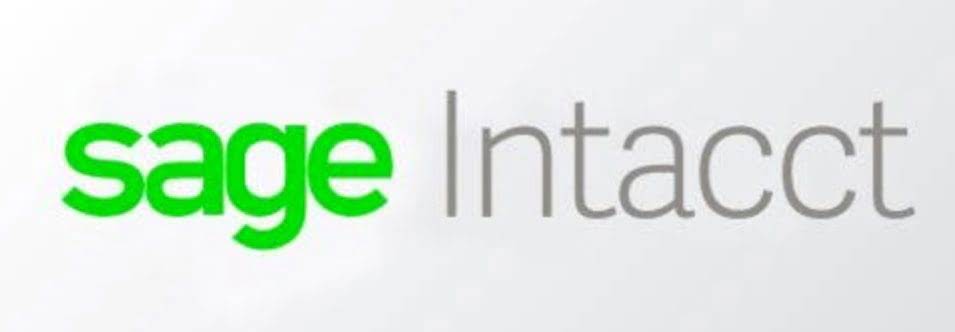
This does not take into consideration current conditions and can be attainable under standard conditions. See a demo to learn why more than 40,000 businesses, from small family farms to space startups, trust Ramp to improve their financial operations. It perhaps goes without saying that computers are extremely helpful in preparing budget information that is easily flexed for changes in volume.
ACCOUNTING for Everyone

Let’s say a hamburger restaurant has a fixed budget of $10,000 for expenses for the month, which is based on an a certain number of expected customers. However, the restaurant experiences a significant increase in customer traffic during the first week of the month, resulting in higher food costs. In the case of a business that carries its entire work with the help of laborers. The laborers’ availability is a critical factor for these types of companies. Therefore it helps the management to accurately know about their productivity and output, for example, jute factories, handloom industries, etc. We have noticed that the recovery rate (Budgeted hrs/Total expenses) at the activity level of 70 % is $0.61 per hr.
This analysis would compare the actual level of activityso volume variances are not a factor and management can focus onthe cost variances only. Wecan calculate the flexible budget for any level of activity usingthese figures. Leed Company prepares a flexible budget for 70%,80%, 90% and 100% capacity. Notice how the variable costs changewith volume but the fixed costs remain the same. To keep the example simple, we assume that thefirst four costs are strictly variable and we will calculate abudget per unit for these costs.

